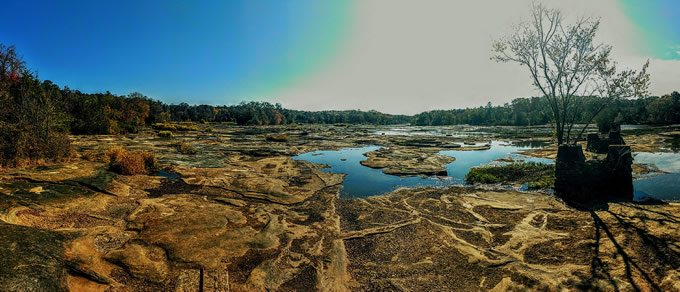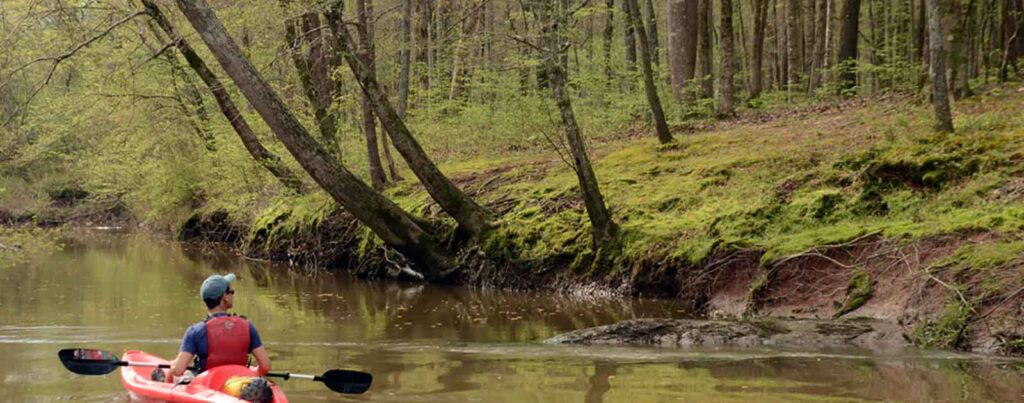Flint River
GEORGIA’S FLINT RIVER: A NATURAL GEM WITH URBAN BEGINNINGS
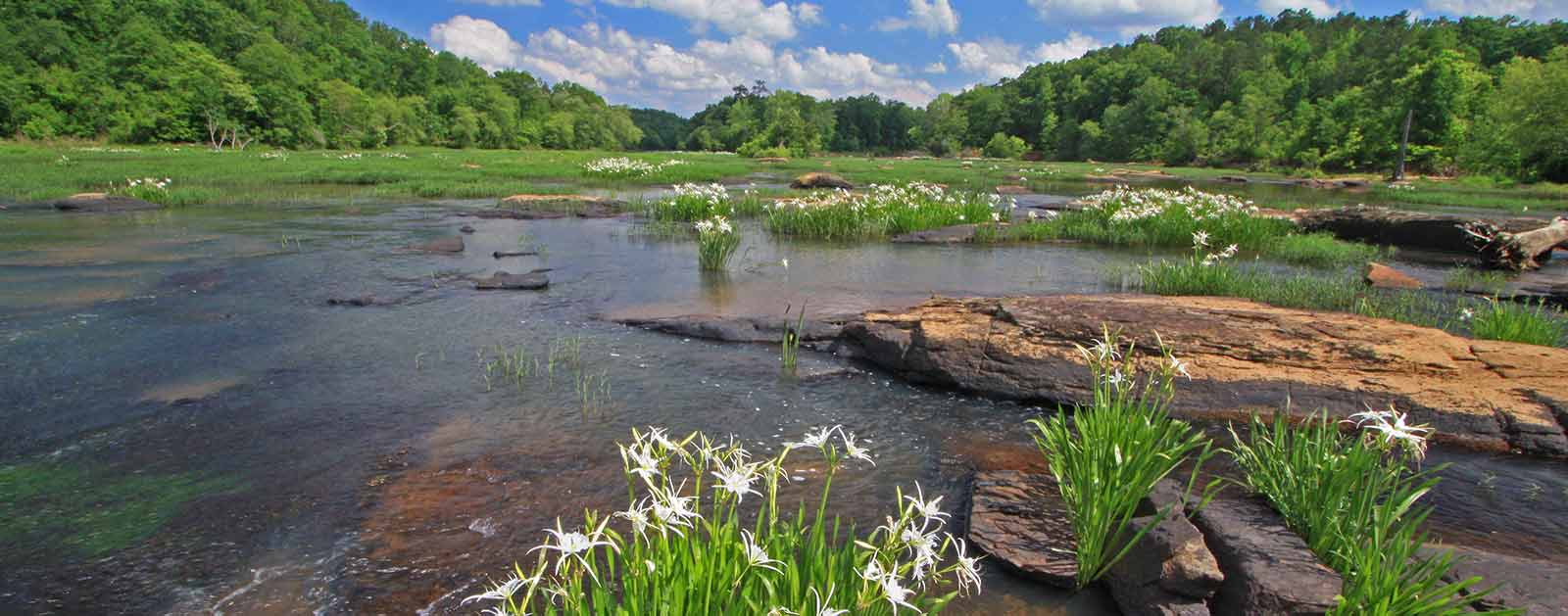
Georgia’s Flint River is a haven of biodiversity, a gem of the Georgia outdoors, and a hard-working river all in one – but it is showing the strains brought on by a changing climate. With increasing frequency and severity, the river withstands floods and droughts that are made more difficult by land development and water use throughout the river basin. The Flint can remain resilient to these challenges, but it needs our help today like never before.
The Flint’s headwaters are in Metropolitan Atlanta, its source found among urban streams that flow in pipes beneath Atlanta’s international airport, one of the busiest in the world. Unlike most rivers in the region and indeed the nation, there are no dams on the Flint from its source to more than 150 miles downstream. The river is free-flowing from its headwaters far into its lower basin in southwest Georgia. And it is nearly unique in the Southeast for another reason, too: no mill city ever sprang up along its banks in central Georgia, where the Flint travels from the rolling hills of the Piedmont to the flatlands of the Coastal Plain. The lack of a mill city is something of an accident of history—it is probably largely thanks to the limestone shoals of the lower river, which prevented 19th and 20th century commercial river traffic from moving upriver.
Across the South, communities depend on their local rivers to provide water supply, support growing economies and communities, provide respite in nature from an increasingly developed landscape, and give homes to the rich array of animals and plants that help make the region what it is. But as the region has grown, so too has the pressure placed on its rivers. A prime example is the greater Apalachicola-Chattahoochee-Flint River Basin—formed in part by the Flint River. The ACF Basin has struggled to provide enough water to cities, farms, and its estuary at Apalachicola Bay throughout the droughts of recent decades. Meanwhile, when the region is not in drought, climate change is likely to bring increasingly heavier rainfall and floods to communities both urban and rural.
Where is the Flint River in Georgia?
President Franklin D. Roosevelt kept a retreat known as the Little White House in Warm Springs, Georgia, near the Flint River, where he sometimes fished. The site is now a state park.
Did You know?
President Franklin D. Roosevelt kept a retreat known as the Little White House in Warm Springs, Georgia, near the Flint River, where he sometimes fished. The site is now a state park.
The lower part of the Flint River basin, together with the upper part of the Apalachicola basin, has the highest species density of amphibians and reptiles on the continent, north of Mexico.
The Halloween Darter, a fish found only in the Flint, Chattahoochee, and Apalachicola Rivers was recently officially recognized as a newly discovered species.
The upper Flint is home to four federally protected mussel species.
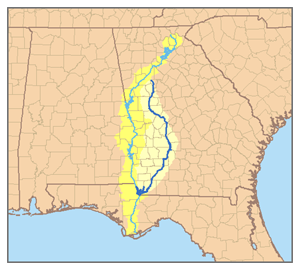
All this is why we’re honored to work closely with local partners and communities in Georgia to steward the Flint River’s health. When we work together to secure enough clean water for people and nature, we invest in a river’s ability to provide for us today and in future generations, and to support the ecosystems that it has supported for eons. As American Rivers works with our partners to protect and restore healthy rivers throughout the Southeast and across the country, we look to both the challenges and the opportunities on rivers like the Flint to guide us to a more resilient future.
ABOUT THE RIVER
The Flint’s headwaters are in Metropolitan Atlanta, its source is found among urban streams that flow in pipes beneath Atlanta’s international airport, one of the busiest in the world. Unlike most rivers in the region and indeed the nation, there are no dams on the Flint from its source to more than 150 miles downstream. The river is free-flowing from its headwaters far into its lower basin in southwest Georgia. And it is nearly unique in the Southeast for another reason, too: no mill city ever sprang up along its banks in central Georgia, where the Flint travels from the rolling hills of the Piedmont to the flatlands of the Coastal Plain. The lack of a mill city is something of an accident of history—it is probably largely thanks to the limestone shoals of the lower river, which prevented 19th and 20th century commercial river traffic from moving upriver.
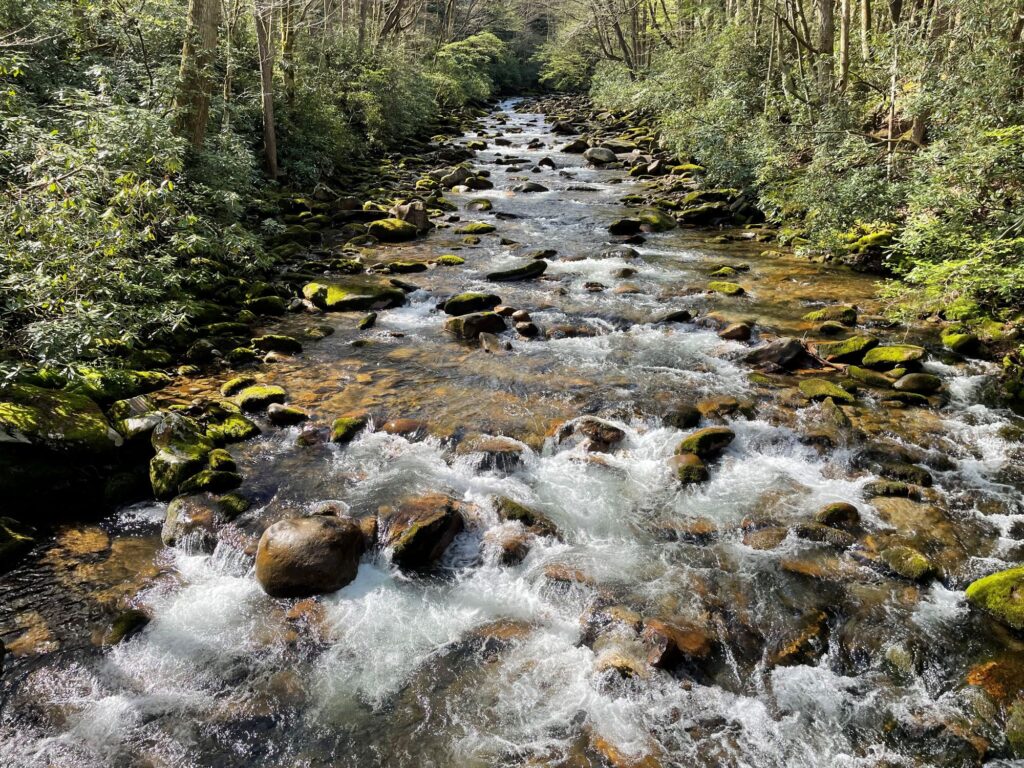
Let's stay in touch!
We’re hard at work in the Southeast for rivers and clean water. Sign up to get the most important news affecting your water and rivers delivered right to your inbox.
The river’s free-flowing course is thanks to a group of dedicated Georgia conservationists and President Jimmy Carter. As recounted in the classic book Cadillac Desert, they saved the Flint from major dams at Sprewell Bluff and two other locations nearby, where the river cuts gorges through the high ridges of Pine Mountain. Here, the river remains the lifeblood of a remarkably diverse ecosystem boasting an incredible mix of plant and animal species, both in the water and on the ridges and bluffs above. The Flint’s picturesque rocky shoals are home to an abundance of Shoals Spider Lilies, native mussels and fishes like the Halloween Darter, and the native Shoal Bass—a denizen of free-flowing river shoals that is sought after with a near-religious commitment by those who wade and boat to cast for it.
Yet the region’s modern-day landscape asks a lot of the Flint, along with all of the Apalachicola-Chattahoochee-Flint River Basin.
Climate change is bringing changes to the Flint, threatening its unique ecosystems and the many values it provides to communities from its source in Atlanta to the Florida state line. In the first two decades of the 21st century, five distinct droughts have struck the basin—some of them “flash droughts” which came and went fiercely within a year; some of them lasting as long as three years. In all of them, the upper Flint in the Pine Mountain region reached low flows never before seen in recorded history. In the words of the late Dr. Mack Dallas of Thomaston, Georgia (one of the founders of the Flint Riverkeeper organization), “You could walk across it in your Sunday shoes without them getting wet.”
To address the challenge of drought on the upper Flint, American Rivers has convened the Upper Flint River Working Group for nearly a decade. Established in 2013, the Working Group provides a voluntary, collaborative forum for conservationists, water utilities, airport sustainability staff, and others to engage in dialogue to advance drought resilience on the upper river. Learn more about the Working Group HERE.
At the same time, with the increasingly variable rainfall patterns brought on by a changing climate, the Flint’s headwaters on Metro Atlanta’s southside are suffering from increasingly frequent flooding. We are working with community members, local governments, and other partners to address these problems and create a more resilient future for the region. Doing so is just one goal of the collaborative initiative known as Finding the Flint.
Finding the Flint is a vision for restoring and reconnecting communities to the Flint River headwaters in the Atlanta airport area.
finding the flint
Atlanta’s Hartsfield-Jackson International Airport is best known for two things: It’s the world’s busiest airport, and it’s massive, employing over 60,000 people — making it Georgia’s largest employer. What travelers and Georgia residents probably don’t know is that the airport is also home to the headwaters of Georgia’s Flint River. Learn how a coalition of partners are working to find the flint and restore it for people, wildlife, and the future of the growing city.
Our Work on the Flint River
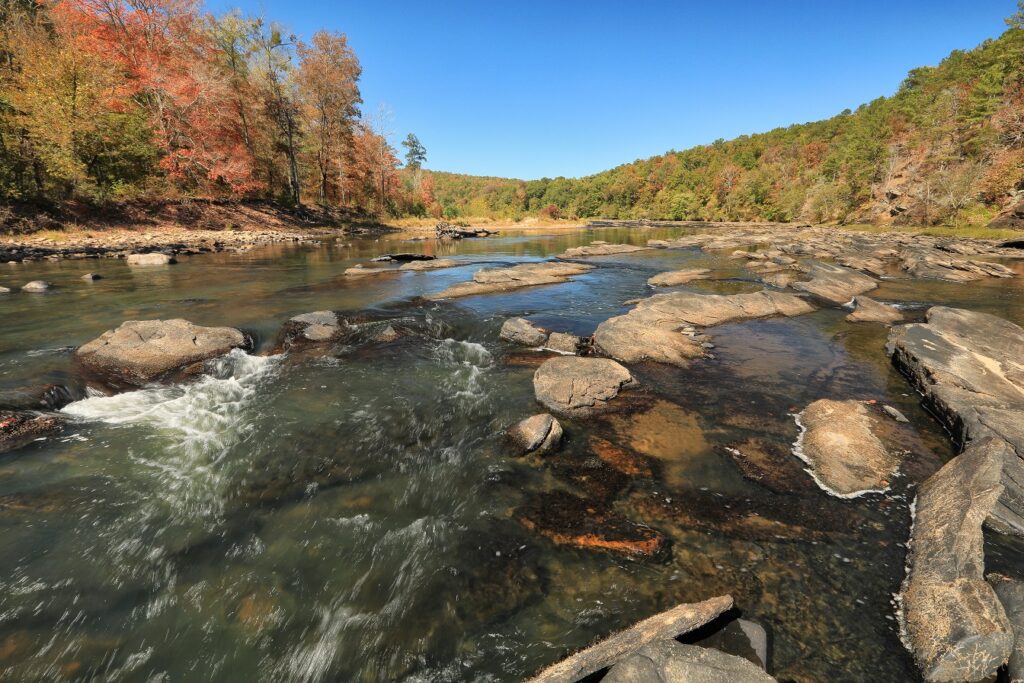
THE LETTER THAT SAVED THE FLINT RIVER: 50 YEARS LATER
Through President Carter’s work, the Flint River’s story has informed the rest of the story for rivers all across the country. Read more about how a letter saved the Flint River 50 years ago.

